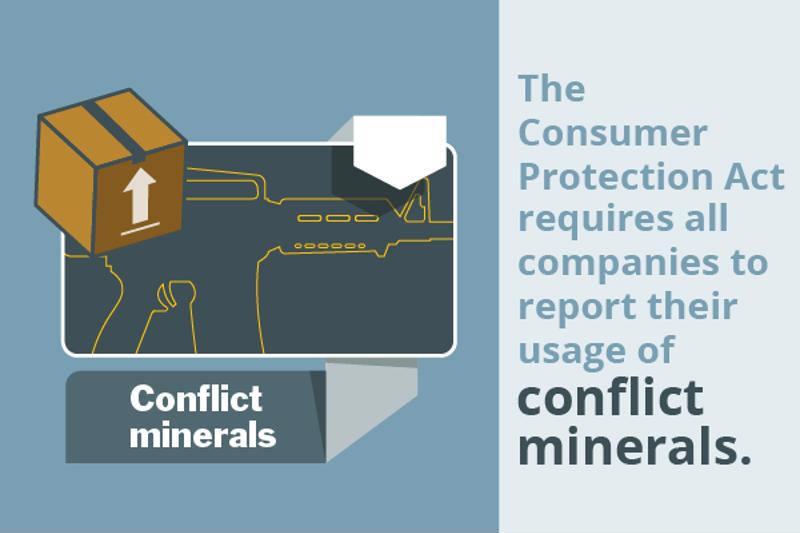Supply chain and operations managers understand the importance of being able to pinpoint exactly what’s going on within their operations at any given time. Maintaining a high level of visibility throughout the supply chain – from source to consumer – is a crucial part of doing business in today’s increasingly connected world, and it has a bearing on how productive, flexible and profitable enterprises can be.
This is especially true within the high-tech industry. According to TechTarget contributor Margaret Rouse, one of the goals of having high visibility in the supply chain is to make data readily available to all stakeholders. However, Luis Humberto Erana wrote for Material Handling & Logistics that visibility has traditionally been one of the greatest challenges of the high-tech world. Visibility, Erana said, is one of the ways tech companies differentiate themselves, because they have to figure out how to move products before their shelf life expires.
Product lifecycle management in high tech
One of the biggest challenges facing companies within the high tech industry is product lifecycle management – and lifecycle management depends on maintaining high levels of visibility. In order to know how to move products quickly and change them if necessary, enterprises have to know where their resources come from, how much they’re spending in logistics and any number of other important metrics.
“In the warp-speed business of high tech, simply gaining visibility will not be sufficient in immediate years to come,” Erana wrote. “Companies will need to layer robust intelligence engines into this visibility, to optimize channel inventory on the fly to assure the right amount of inventory for every [stock-keeping unit] and raw material, at every location, at all times, across the extended supply chain.”
 Supply chain visibility is important to avoid issues like conflict materials.
Supply chain visibility is important to avoid issues like conflict materials.Keeping an eye on products
Supply chain visibility in the high-tech supply chain is especially important in the wake of recent changes in regulations concerning product sourcing. In particular, The Dodd-Frank Wall Street Reform and Consumer Protection Act of 2010 requires all companies to report whether or not they use conflict minerals, or resources that are tied to war-torn areas of the Democratic Republic of the Congo, in their products. Companies that manufacture computers and other devices have been especially affected.
Companies need to figure out whether their products contain 3TG minerals (tin, tungsten or gold – which most electronics contain) and whether or not they are resourced from the area around the Democratic Republic of the Congo. From there, they have to take the proper steps to ensure that their minerals are not coming from conflicted mines.
At Inspirage, we can pair you with supply chain management solutions that give you critical insights into how your supply chain is operating. With solutions like Agile Product Lifecycle Management, we can help you remain compliant with current and evolving regulations affecting the high-tech industry. In addition, Inspirage has developed its own conflict minerals solution geared toward helping enterprises address the requirements set forth by the U.S. Securities and Exchange Commission.
Contact the supply chain experts at Inspirage today for more information.